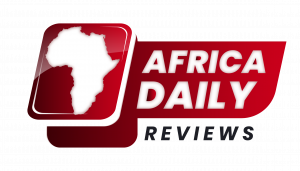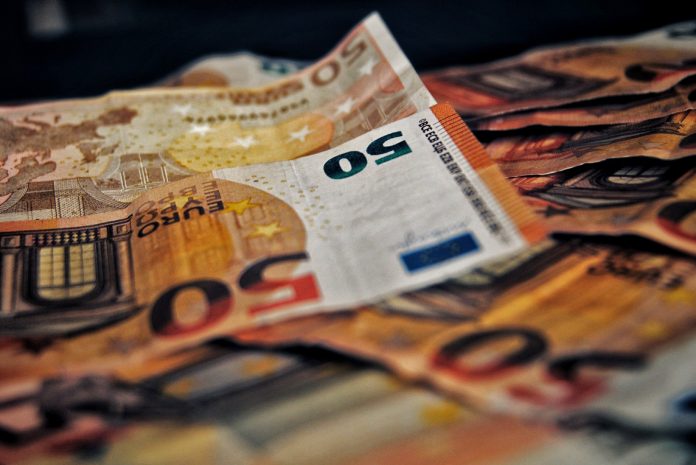To bounce back from the multiple crises that are going through it, the African continent must prepare to diversify and enhance its domestic markets. Above all, it must be able to count on significant volumes of liquidity until 2024.
“An unprecedented shock” whereby Africa is simultaneously suffering from falling global demand and falling commodity prices. This is how macro-economist Yasmine Osman of AFD (French Development Agency) describes the phenomenon facing the continent. A lower health impact on African countries (less than 5% of global contaminations) has not prevented major consequences for their public finances, their jobs and their level of activity.
The African continent is facing the effects of a “Russian doll” crisis. First health, it has become economic, social, environmental. This observation is the driving force behind a new collective work, The African Economy 2021 (La Découverte editions), published by AFD. This collection aims to clarify the outlook for these crises by region. While the pressures have been the same on everyone, not all African countries have reacted to them in the same way.
The continent as a whole sees its 2020 economic growth reach 2.6%, whereas the projections were above 4%. Foreign direct investment fell by 40%. Recessions are therefore the majority (40 countries) but are not uniform and they coexist with more favorable or even resilient situations.
A first group of countries, made up of those most affected by the effects of this multiple crisis, brings together the so-called extractive economies, mining countries of East and Southern Africa, and alongside them the heavily touristed countries of the ocean. Indian.
Some can hope for an improvement in their balances through Chinese consumption of raw materials, which supports the level of prices, with a barrel of oil falling to $55 against $30 during the first wave of the coronavirus. Relative relief as the public effort to support economies amounts to 2.5% of GDP. Other countries are resisting better, especially those in the Gulf of Guinea.
Difficult access to capital!
Finally, a third group, in the Sahel, gives examples of resilience. The Sahel is the region which “is growing the fastest and suffering the least from the Covid-19 crisis”, analyzes Rémy Rioux, Director General of AFD.
Those of these countries which have been able to support part of their spending thanks to the rise in gold prices and whose economies are otherwise poorly integrated into international markets are relatively protected from external shocks. Egypt is a special case which sees a clearly positive growth rate (3.5%) in 2020. But beyond these macroeconomic portraits, a look by sectors shows that the private sector is impacted everywhere.
The most affected are tourism and hotels, which receive little support due to lack of resources from the countries that specialize in it, with the exception of Egypt. Air transport, manufacturing and non-food retailing are also among the sectors most affected, and the impact on employment is strong.
Under the influence of declines in activity, SMEs and VSEs, which represent 90% of African companies and 60% of formal employment, are struggling to access new capital. The mainland labor market counts 430 million people and almost 90% consists of informal jobs, without safety nets, which creates high expectations for public financial support. However, these same expenses have an inflationary effect which still works against households.
Inflation, “a tax for the poor” according to Yasmine Osman, contributes to the worsening of inequalities and to the increase in extreme poverty (less than $1.9 per day). Countries like Mauritania, Senegal and Sudan see their populations particularly exposed to these risks.
The opportunity for impact assessment specialist Claire Zanuso (AFD) to publicize projects based on digital technology that allow young people to stand out on an employment platform; they can benefit from a solidarity income as in Togo (Novissi project), Kenya and South Africa. Such programs can be replicated and will not replace the very large volumes of liquidity expected from international creditors and which countries need in the short and medium term.
Go find development banks!
The prospects for a way out of the crisis depend closely on the availability of financing. Rémy Rioux recalls the estimate of $345 billion made by the IMF of the volume necessary for the continent to return to a growth path before the crisis, which requires the formation of a coalition of funders.
Since the Common Finance Summit in November 2020, expressions of alliance intention between donors and development banks at all levels, from local to international, have multiplied. The French institution recognizes that it remains to “go and find national or regional development banks, such as the West African Development Bank, which is looking for capital to grow”.
It will be necessary to reach the levels of the finest financing needs, that of African companies. Only then will it be possible to face a second wave of economic consequences. This through the enhancement of the internal market to reduce dependence on external markets whose demand is reduced, the diversification of production, support for health and social protection. And in the longer term, warns AFD’s Director of Research, Thomas Mélonio, “The question is how to deal with the stock of debt”.
African countries will need to be able to bear the brunt of additional loans. In a third of the countries of the continent already debt ratios have increased by more than ten points of GDP. As a result, the mainland will not be able to rely as much on Chinese creditors as it once did.
The perception of African risk by China’s large financial corporations (China Construction Bank, Industrial and Commercial Bank of China) has worsened after a long period of generously lending. This practice could only resume on the condition of “renegotiations and cancellations expected in 2021 in already heavily indebted countries such as Djibouti, Kenya, Congo, or Angola”, according to Thomas Melonio. He adds: “We have to hope that China is joining the co-financing much more.”
In other words, these banks could continue to exercise prudence in the face of countries which saw their sovereign debt reach on average 57% of their GDP in 2020, according to the IMF. The international response may have to rely less on the Chinese partner at the Summit on the financing of African economies in May.
A risk for the continent as the participation of all creditors is a condition for the operation of the Initiative for the suspension of debt service which must produce its effects (moratoriums, cancellations) until the fall of 2021.

